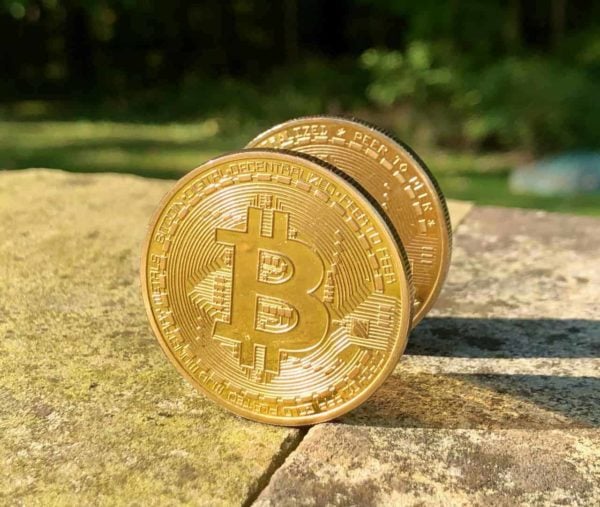
Bitcoin’s hash rate, which is an estimated measure of “how fast the aggregate computational resources supporting the network is guessing solutions to new blocks,” has been on an upward ascent for much of the year, the NYDIG Research team noted.
Although that might make sense given the BTC price gains this year as higher cryptocurrency prices would incentivize the addition of hash rate all else equal, this network hash rate also “grew last year when prices were on the decline,” the update from NYDIG Research noted.
Although individual Bitcoin miners can measure their own hash rate, they can only “estimate the total network hash rate based on the current network difficulty set by Bitcoin and how quickly miners in the aggregate are producing blocks.”
The NYDIG Research team pointed out that they “add standard deviation bands to their estimate to acknowledge the probabilistic nature of block production.”
NYDIG Research also mentioned that mining pools “aggregate hash rate from miners to provide more economic certainty to the pool participants.”
Because of the probabilistic nature of finding blocks, solo miners can “go long periods between finding new blocks, and most pools, depending on their payout structure, can make miner revenue more steady and predictable,” the report explained.
As stated in the update, Foundry USA is presently “the biggest mining pool in the network.”
Its share of the network hash rate “has grown substantially over the past year, increasing by 6.2%.”
AntPool, operated by ASIC manufacturer Bitmain, is “a close second in terms of share gainers, followed by Mara Pool, operated by Marathon Digital.”
Poolin, started by the founders of BTC.com, has “been the biggest share loser following liquidity problems that resulted in payout halts last year.”
By combining the change in pool share with change in network hash rate, it is possible to “triangulate the change in hash rate by each pool.”
As mentioned in the update, Foundry, AntPool, F2Pool, Mara Pool, and ViaBTC have all “been significant contributors to growth in network hash rate with Poolin being the largest detractor.”
During the past two years, several miners have come public in the US and Canada and “have started reporting monthly production, sales, and holdings.”
The report added that by looking at available data, we might find clues as to which public miners “have been growing capacity by proxy of their monthly production.”
As clarified in the update, not all companies “have reported June production numbers yet, so we are using May data.”
Additionally, several companies that were reporting data a year ago have stopped, so the report has “excluded their contributions historically to make for a better apples-to-apples comparison.”
Still, while not inclusive of the entire network’s production of bitcoins, this analysis captures “an increasing share of overall production,” the report claims.
After several weeks of positive price performance, the price of bitcoin fell 6.0%, the report added.
The update also pointed out that investors appear “to be looking for the next catalyst to drive price, which could come when the SEC opines on the first of the bitcoin ETFs on or before August 13th.”
As stated in the report, stocks were “mixed on the week with S&P 500 up 0.6% and the Nasdaq Composite falling 0.5%.”
Oil reportedly “fell 1.6% as investors continue to weigh the prospects for a recession.” Meanwhile, Gold rose 0.4%. Bonds fell on the week “with investment grade corporate bonds down 0.5%, high yield corporate bonds down 0.6%, and long term US Treasuries down 0.2%.”

